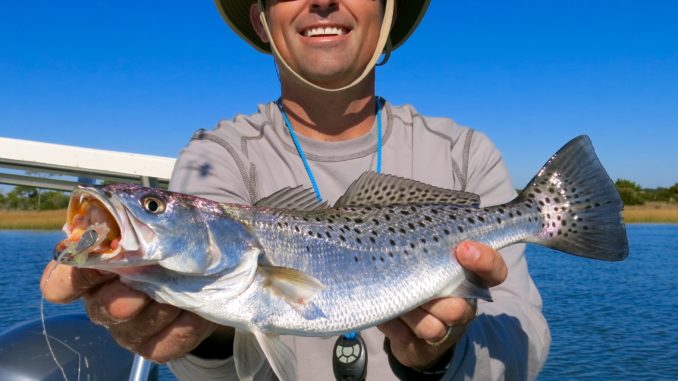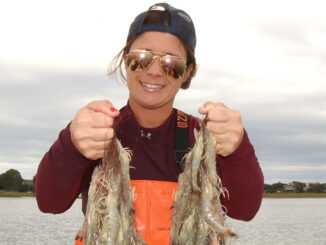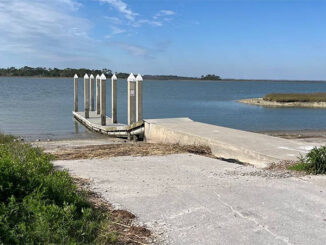
Make sure you get your lures deep enough to give specks a good look
Speckled sea trout are on fire in the Charleston area, and they are biting a variety of soft plastic lures. Capt. Jonathan Smith of Exclusive Fishing Charters said anglers can find trout in the same general areas they find them during the summer. But finding the deep holes is the secret to catching them.
Smith said deep creeks, deep holes and water clarity are all important in locating trout. And when all three meet, anglers can have a banner day. Water clarity is one of the first things Smith looks for when targeting trout. He will bypass a known trout hole if the water clarity is poor.
Deep creeks hold late-fall trout, and they are especially fond of the deepest holes in those creeks.
“These deep holes and creeks hold heat,” said Smith. “You honestly can warm up your hands with a trout caught deep this time of year.”
Smith (843-709-6859) uses a ¼-ounce jighead with a 2-foot leader of 15-pound test fluorocarbon. While a number of soft plastics are working on jigheads, Smith prefers Gulp! baits.
“In my opinion the trout will actually hold on longer and try to swallow the bait before you even know they are hooked,” he said.
Go slow, or you may not get bit at all
Smith works the lures slowly enough that they reach the bottom in deep water. Anglers can be fishing in the right spot, with the right lures. But if they are working those lures too quickly, they will be far less successful than if they slow down their presentation and let the lures sink. Working the lure too quickly is one of the biggest mistakes anglers make, especially this time of year, said Smith. He said he’s also been using popping-cork rigs.
While the corks don’t allow the lures to sink to the bottom, they do allow them to suspend in the water column and ensures that they aren’t worked too quickly. A 2-foot leader is good, and anglers should pop the cork, reel in the slack, slow down to let the lure settle, then pop the cork again, reel in the slack, and continue. This method is especially effective when pulling the lure from slack water into moving water from an incoming creek, a cross current, or even an eddy.





Be the first to comment